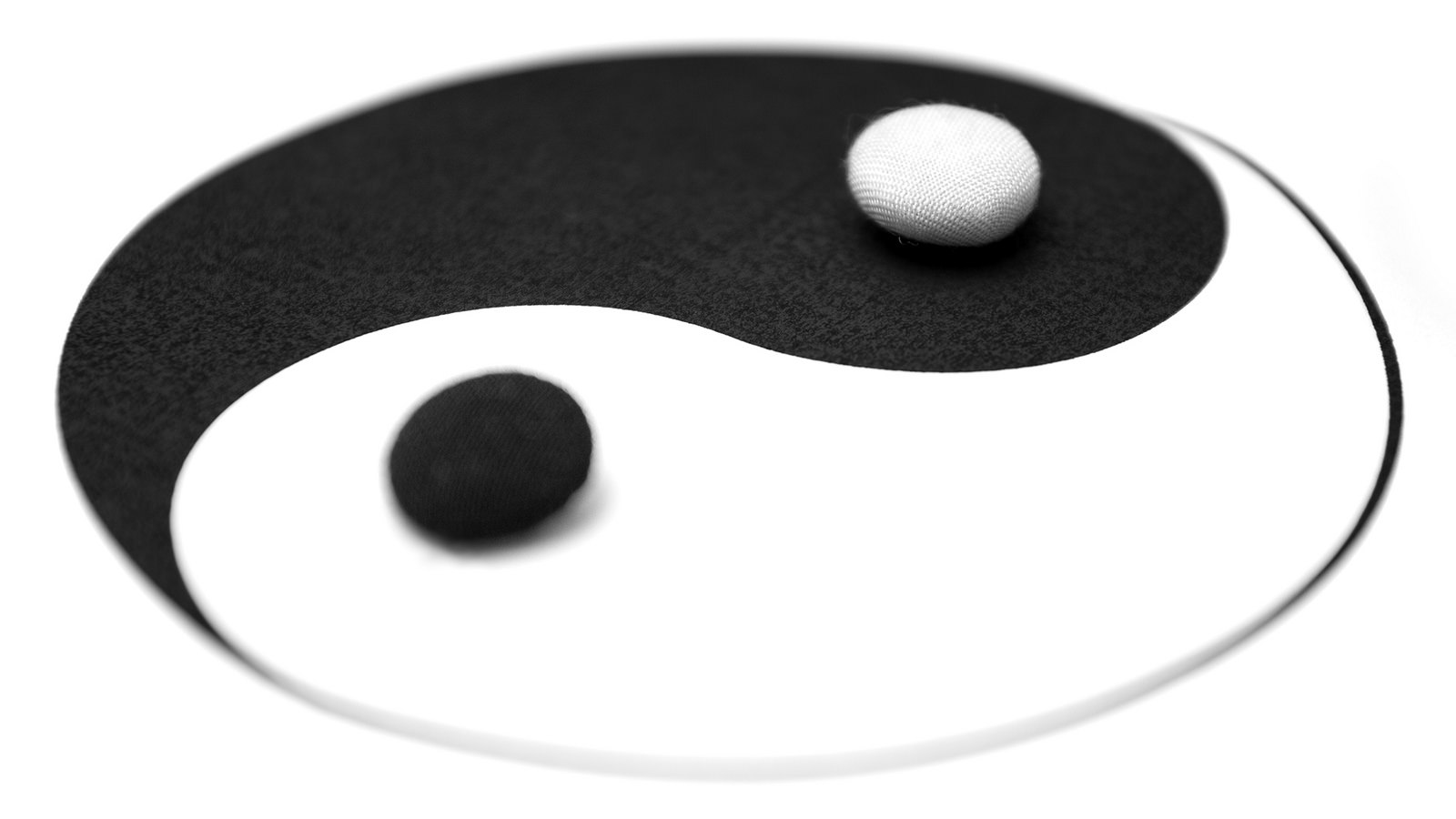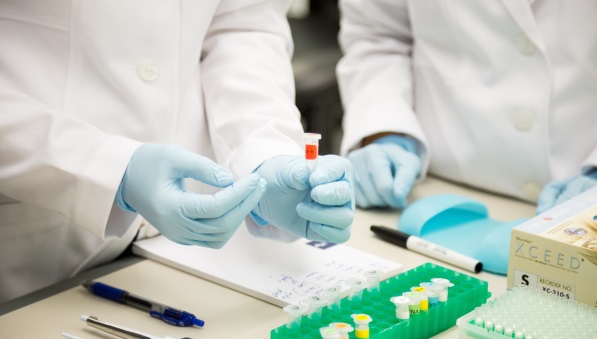News
- – Stanford News
Stanford undergrads awarded for honors theses | Stanford News
Thirty-eight Stanford graduating seniors were recently recognized for their honors theses. Each was awarded a bronze medal, citation and a monetary award.
- – Stanford Medicine
Inside a lab using worms to explore the sense of touch
The study of a tiny worm is giving researchers in the neuroscience lab of Miriam Goodman, PhD, clues into all the aspects of our sense of touch.
- – NINDS announces 2019 winners of the Landis Award for Outstanding Mentorship
NINDS announces 2019 winners of the Landis Award for Outstanding Mentorship | National Institute of Neurological Disorders and Stroke
The National Institute of Neurological Disorders and Stroke (NINDS), part of the National Institutes of Health, has announced the 2019 recipients of the Landis Award for Outstanding Mentorship.
- – Scope
Stanford team cracks key immune protein's crystal structure, separating its yin from its yang - Scope
Cracking the crystal structure of a protein complex centered around a major immune signaling protein, interferon-gamma, may speed its medical use.
- – Scope
Women scientists inhibited by funding methods that favor men, researchers say - Scope
Women in science could be losing ground because of research funding review methods that favor men, two Stanford researchers say.
Jackson Liang Receives Weintraub Graduate Student Award
Recent MCP graduate Jackson Liang (O'Brien Lab) received the prestigious Harold M. Weintraub Graduate Student Award. One of 13 national winners chosen for outstanding research achievement, Dr. Liang uncovered a new feedback mechanism that ensures homeostatic control of stem cell divisions during turnover of epithelial organs. Dr. Liang presented his work at a scientific symposium in honor of the late Hal Weintraub at Seattle's Fred Hutch Cancer Research Center in May.
Physics Professor Steven Chu selected as AAAS president-elect
Steven Chu, a professor of physics at Stanford University and the William R. Kenan Jr. Professor of Molecular and Cellular Physiology at the Stanford University School of Medicine, has been chosen as the president-elect of the American Association for the Advancement of Science (AAAS), an international nonprofit organization with a mission to “advance science, engineering and innovation throughout the world for the benefit of all people.”
3-D Protein Structure Offers Insight into Rapid Communication by Brain Cells
New research reveals how three proteins help brain cells synchronize the release of chemical signals. A similar interaction may play a role in how cells secrete insulin and airway mucus, too.
The Goldilocks effect: Dying cells signal to replacements to keep organ size “just right”
The size of organs like our hearts, stomachs, and lungs are predetermined during development. But how does this happen? The cells that make up these organs have limited lifespans. How do our bodies ensure that, as old cells die off and new cells take their places, our organs don’t grow abnormally large or shrink away?
-
William Weis dies at 64
William Weis, PhD, former chair of structural biology at Stanford Medicine, refined advanced imaging techniques and described the three-dimensional structure of many cellular components.
-
William Robinson, pioneering virologist
Hard-driving molecular virologist who used ‘advanced chemistry to unlock the tightly held secrets of viruses’ was also a hearty mountain man, scaling peaks in Alaska and Nepal.
-
Blood drop yields lots of data
Using a new technique called multi-omic microsampling, Stanford Medicine researchers can measure thousands of protein, fat and metabolic molecules from a single drop of blood.
-
How Stanford Medicine tackles opioid crisis
At Stanford Medicine, programs to help patients struggling with substance-abuse disorders, research into addiction, and educational programs to increase awareness about addiction and treatment are aimed at reducing dependence on opioids.
-
Marijuana can damage heart
Marijuana use and heart-attack risk were correlated in a large human study, Stanford scientists and their collaborators found. A molecule in soybeans may counteract these effects.
-
Immunologist Samuel Strober dies at 81
Strober, a professor and former chief of immunology and rheumatology, found a way for transplant recipients to reduce or abandon immunosuppressive drugs yet avoid organ rejection.
-
Possible treatment for mucus-induced lung diseases
Stanford Medicine investigators and their collaborators have designed a compound that’s uniquely capable of blocking excessive mucus secretion — a hallmark of several serious respiratory disorders.
-
Key molecule’s structure found at last
The structure of a critical cellular-signaling molecule has finally been discovered by Stanford researchers. The finding may lead to new therapies.
-
How Epstein-Barr virus triggers multiple sclerosis
A new study found that part of the Epstein-Barr virus mimics a protein made in the brain and spinal cord, leading the immune system to mistakenly attack the body’s nerve cells.
-
Antibody synergy targets tough cancers
Two anti-cancer antibodies have a much stronger effect against pediatric nerve-cell and bone cancers in mice than either one alone, researchers have discovered.
-
$1.49 million for inflammation research
The Chan Zuckerberg Initiative has awarded $1.49 million to research projects involving Stanford Medicine scientists who will investigate emerging ideas about the role of inflammation in disease.
-
New members of the National Academy of Sciences
Howard Chang of dermatology and of genetics, Richard Lewis of molecular and cellular physiology, and Peter Sarnow of microbiology and immunology were elected to the National Academy of Sciences.
-
Forgotten immune cells slow MS in mice
Stanford researchers have identified immune cells that help reduce the severity of a disease in mice akin to multiple sclerosis. These cells could one day be useful therapeutic targets in treating autoimmune diseases.
-
New members of National Academy of Sciences
Karla Kirkegaard, Mark Krasnow and William Weis are now part of an organization created in 1863 to advise the nation on issues related to science and technology.
-
Using worms to investigate drugs
Humans have relied on plants for millennia to treat a variety of neurological ailments. Now, researchers are using microscopic worms to better understand how plant molecules shape behavior — and perhaps develop better new drugs.


